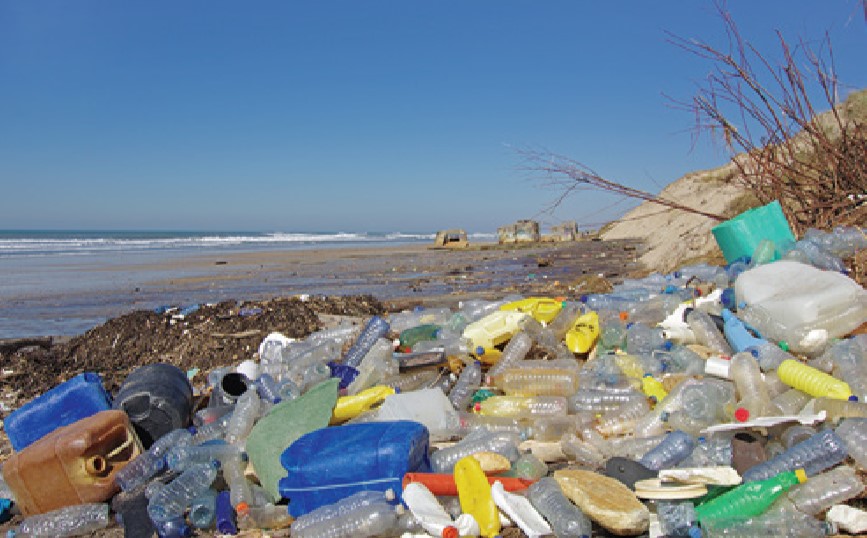Challenge: Zero Plastic Waste by 2030
Ajinomoto Co., Inc. Takes on Another Challenge
Recently there has been a resurgence of interest in plastic waste, both in mass media and in social media. In particular, plastic waste in our oceans has been a hot topic, as well as the existence of “microplastic,” defined as particles of plastic less than 5mm in length1. Microplastic consists of microfibers from synthetic fabrics, microbeads used in some hygiene and beauty categories, and other tiny plastic particles that result from the degradation of larger pieces of plastic over time.

Reducing Plastic Production
If you think about it, the “three R’s”—reduce, reuse, and recycle—are listed in order of difficulty, from easiest to hardest. As a global food product manufacturer, Ajinomoto Co. has been focusing on reducing plastic production for many years.
Since the year 2000, our plastic reduction efforts have reached 72 of our products, resulting in an annual reduction of plastic use by about 3,500 tons. To visualise how large that amount is, consider that an average Asian elephant weighs 2.5 to 5.5 tons. So we have reduced plastic use by the equivalent of the weight of 1,000 elephants per year3.

Recycling: The Biggest Challenge
Unfortunately, reducing plastic use is not enough to eliminate plastic waste. To reach our goal, we must place a strong focus on recycling. For most people, recycling plastic probably doesn’t seem very difficult. Just your PET bottles from the rest of the rubbish, and a truck comes and takes everything away. But the truth is that plastic recycling is a lot more complicated than most people think. The reason is that there are many different types of plastic, and there are various ways in which they can be recycled.

Innovation in Plastic Recycling
Researchers and scientists the world over are exploring new avenues to solve this problem. One promising avenue is the development of new materials. Recently, biodegratdable plastic made from cassava recently captured the attention and imagination of the media, with the potential of replacing the non-degradable plastic bags commonly used in supermarkets and convenience stores. Unfortunately, biodegradable plastic has low biostability—in other words, it is sensitive to degradation by biological agents. This makes it unsuitable for food packaging, in which the plastic must act as a barrier against biological agents. Furthermore, for practical reasons, solubility is not necessarily a desirable quality for the plastics used in food packaging5.

Read more